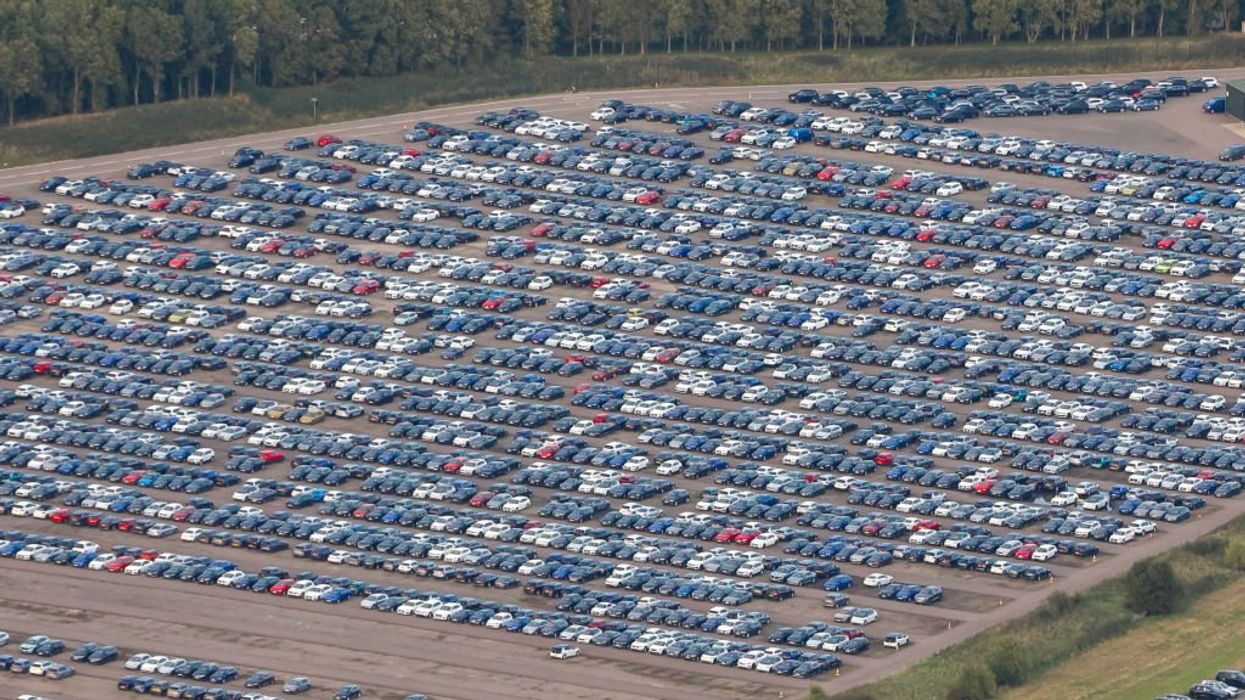Scientists think they have a "new geological phenomenon" on their hands in an Indiana park, after a year of trying to figure out what exactly is causing dangerous holes to form in the sand.
The phenomenon was discovered last year when a young boy fell into an 11-foot hole in Indiana Dunes National Lakeshore park and was trapped for more than three hours, surviving thanks to an air pocket. Those who had worked in the lake shore area for decades had never heard of such a hole before, but since this incident more have cropped up, closing the park for the 2014 season as geologists still try to figure out what's going on.
 Ever since a boy was swallowed for hours in the sand before being rescued at this Indiana lake shore park, the National Park Service and other geologists have been using special equipment to study the ground beneath the dune to try to determine what caused the holes. (AP)
Ever since a boy was swallowed for hours in the sand before being rescued at this Indiana lake shore park, the National Park Service and other geologists have been using special equipment to study the ground beneath the dune to try to determine what caused the holes. (AP)
Since the incident, geologists have been using radar and GPS to take a look below the surface of Mount Baldy, which is an area in the park.
"We're seeing what appears to be a new geological phenomenon," Erin Argyilan, a geologist with Indiana University Northwest, told the Chicago Tribune, adding that the holes are different from sinkholes.
Argyilan was actually there in last July when she heard the parents of Nathan Woessner scream when the sand swallowed the then 6-year-old.
"I cried for three days," Argyilan, who was seven months pregnant at the time of the incident, recalled to the newspaper. "I couldn't help in the moment. So now I have to do what I can to learn why this is happening."
 Indiana Dunes National Lakeshore park remains closed as crews still try to figure out what's causing the holes and how to stop them after a boy was trapped in one in July 2013. (AP/Julie McClure)
Indiana Dunes National Lakeshore park remains closed as crews still try to figure out what's causing the holes and how to stop them after a boy was trapped in one in July 2013. (AP/Julie McClure)
 Michigan City police and firefighters dig with shovels to rescue Nathan Woessner, of Sterling, Ill., who was trapped for more than three hours under about 11 feet of sand at Mount Baldy dune near Michigan City, Ind. (AP/Michigan City Fire Department via The News Dispatch)
Michigan City police and firefighters dig with shovels to rescue Nathan Woessner, of Sterling, Ill., who was trapped for more than three hours under about 11 feet of sand at Mount Baldy dune near Michigan City, Ind. (AP/Michigan City Fire Department via The News Dispatch)
While scientists can't conclusively say what's causing holes like this to form yet, they have their theories. One is that decaying trees, which decades ago could have been buried as a result of erosion due to human activities, might be creating space underneath that allows the holes to form.
While the park is closed, the National Park Service is also planting new grass in the area in the hopes that it will keep sand in place and prevent future holes from forming.
Watch WGN-TV's report about the ongoing park closure and research to get to the root of the problem:






